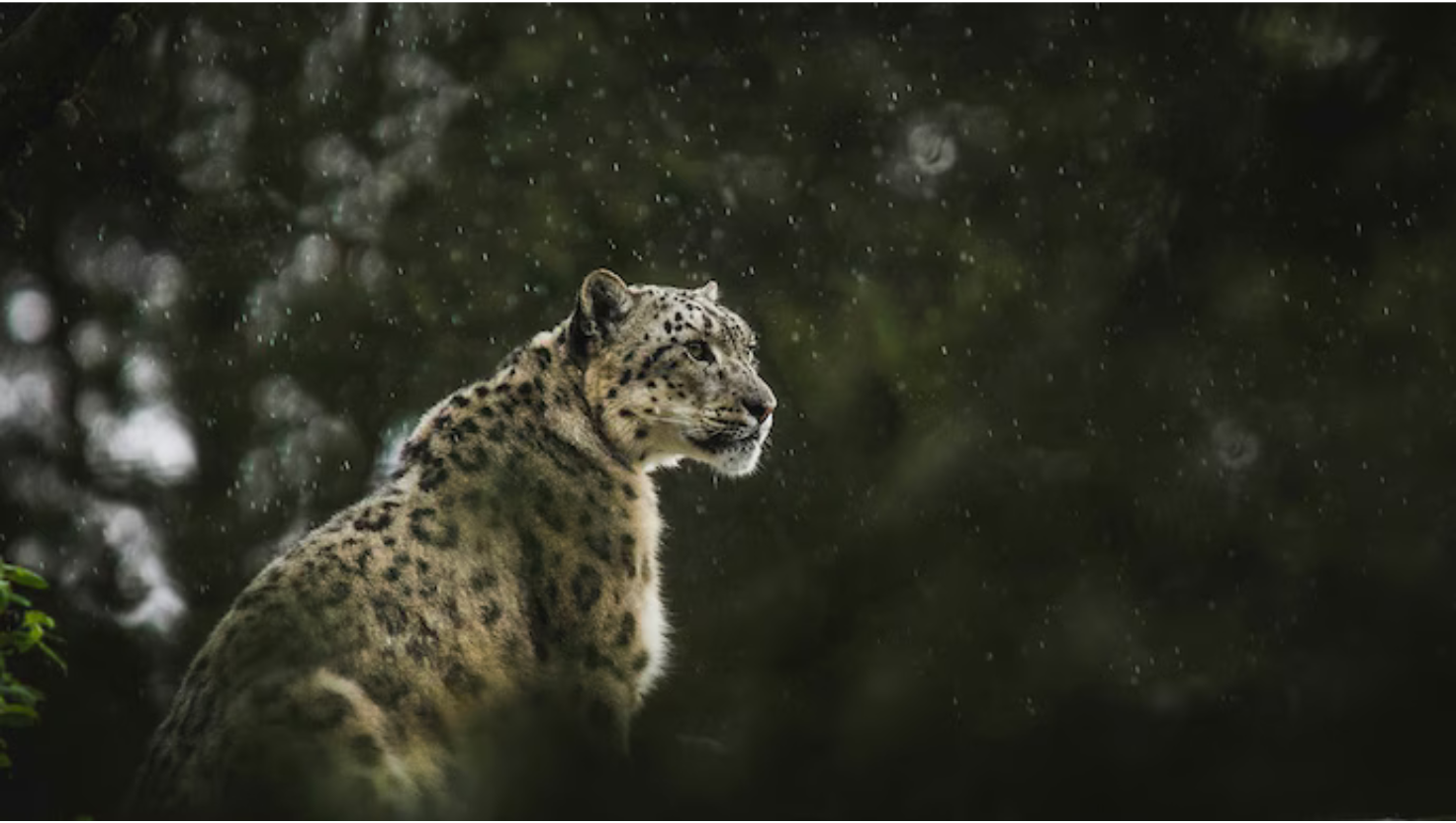Asiatic Lion
Syllabus: Conservation of Endangered Species (GS III)
Source: The New Indian Express (NIE)
Context
Recently, three Asiatic lion cubs died in the Amreli district of Gujarat. Six more are under veterinary observation, raising fresh concerns over cub mortality in the Gir landscape, even as the overall lion population continues to grow.
About the Asiatic Lion
What Is It?
The Asiatic lion (Panthera leo persica) is a unique subspecies of lion found exclusively in India. It differs from the African lion in appearance and distribution, with a much smaller and isolated population.
Conservation Status
- IUCN Red List: Vulnerable
- Wildlife Protection Act, 1972: Schedule I (highest level of protection)
- CITES: Appendix I (prohibits international trade)
Natural Habitat
- Found primarily in Gir National Park and surrounding areas of Gujarat — including Amreli, Junagadh, Bhavnagar, and some coastal regions
- Over 200 lions now roam outside protected areas, increasing conflict and disease risks
Historical Background
- Historically, the Asiatic lion ranged from eastern India to the Mediterranean
- By the early 1900s, it was reduced to a small population in Gir due to hunting and habitat loss
- Intensive conservation efforts since the 1970s have led to a steady increase in population, though the species remains geographically restricted to one wild population, making it highly vulnerable to epidemics and environmental changes
Key Features of Asiatic Lions
- Mane: Males have a thinner mane with visible ears, unlike African lions
- Belly Fold: A distinctive long fold of skin along the belly
- Coat Color: Sandy to buff-grey; sometimes silvery
- Size:
- Shoulder Height: ~110 cm
- Body Length: Up to 280 cm
- Weight: Males (160–190 kg), Females (110–120 kg)
Conservation Concerns
- High Cub Mortality: Disease, genetic bottlenecks, and lack of medical infrastructure contribute to high cub deaths
- Single-Population Risk: All wild Asiatic lions live in a single population, increasing their vulnerability to disease outbreaks and natural disasters
- Habitat Pressure: Lions outside protected zones face threats from human-wildlife conflict, road accidents, and lack of prey
Way Forward
- Expand Habitats: Establish secondary habitats or lion relocation outside Gujarat (e.g., Kuno in Madhya Pradesh) to reduce single-population risk
- Strengthen Veterinary Care: Improve medical monitoring and early disease detection for cubs and adults alike
- Community Participation: Involve local communities in conservation, reporting, and protection efforts
- Genetic Management: Promote genetic diversity through scientific interventions and potential exchanges among sub-populations
Conclusion
The Asiatic lion is a symbol of India’s wildlife conservation success, but rising cub mortality and population concentration in a single region remain serious concerns. Ensuring long-term survival will require scientific habitat expansion, better veterinary care, and community-based conservation models.











